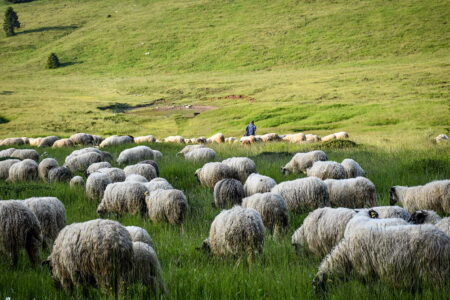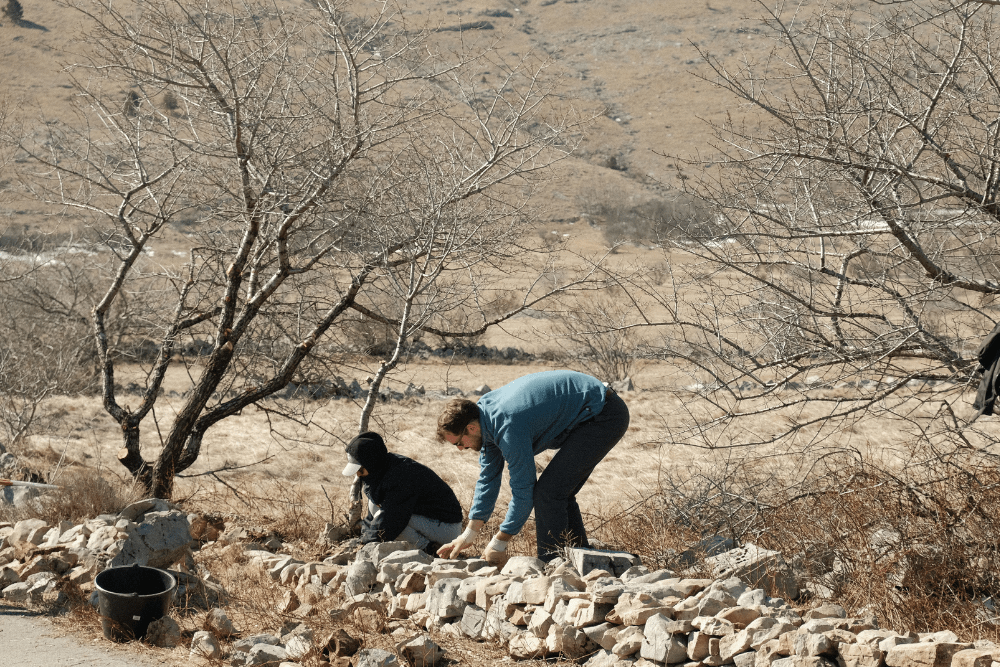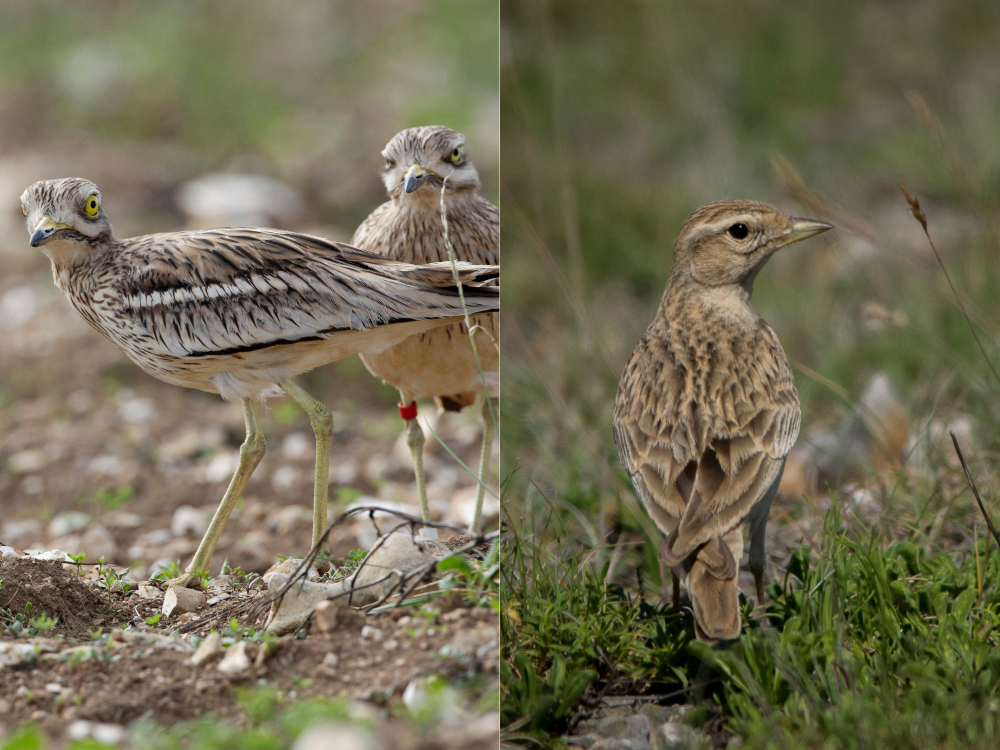Dinara back to LIFE: restoring mountain grassland birds’ habitats
Mountain grasslands in Dalmatia are facing a loss of biodiversity due to the decrease of grazing practices. Rural migration and land abandonment are leading to the progressive reforestation of these pastures and to an increase in the risk of fire, which results in the degradation of habitats and species specific to this region. In Croatia, combined actions of manual restoration, targeted grazing and burning are implemented to restore mountain grassland birds’ habitats.
Abandonment of grazing practices damages grassland habitats
The southern Croatian region of Dalmatian hinterland is facing a longstanding and wide loss of dry grasslands, which is a key habitat for some bird species. For centuries, these grasslands were maintained at first by wild species, later followed by livestock grazing. Yet, in the last decades, the area was severely hit by outmigration, leading to a loss of population, industries and infrastructures, as well as abandonment of extensive livestock grazing practices.
The progressive disappearance of these practices converted open habitats into shrublands, bringing negative impacts on grassland habitats caused by the invasion and / or thickening of undesired woody species. Such afforestation, combined with the decline of grazing practices, leads to high fuel load vegetation and increased risks of wildfire during summer droughts.
Protecting grassland birds by restoring their habitats
The Dinara back to LIFE project is being implemented on approximately 50 thousand hectares, out of which most part belongs to the Dinara Nature Park, the newest natural park created in Croatia – as the Dinara mountain area was recognised as an important site for natural heritage, wild species, habitats and rich geodiversity.
The project aims to restore a portion of overgrown grasslands and expand the habitat of three bird species – stone-curlew (Burhinus oedicnemus), short-toed lark (Calandrella brachydactyla), and ortolan bunting (Emberiza hortulana). Grassland restoration efforts are focused on three habitat types:
- Semi-natural dry grasslands and scrubland facies on calcareous substrates (Festuco Brometalia) (*important orchid sites)
- Eastern sub-mediterranean dry grasslands (Scorzoneratalia villosae)
- Alpine and subalpine calcareous grasslands
Direct grasslands restoration activities were carried out, including manual restoration of overgrown vegetation, controlled burning and focused grazing. Moreover, the Dinara back to LIFE project is also supporting livestock keeping in order to encourage the maintenance of grazing practices and good grassland management. To do so, wells, ponds, mountain paths and dry stonewalls were restored. In addition, the project raises awareness among local communities on the benefits of grazing practices, in terms of ecosystem services but also in terms of economic opportunities for farmers.


Impacts of the tested methods
Manual restoration of has proved to be an effective, albeit a time-consuming activity. 47 hectares of grasslands were cleared during the first season of the project. It has also been found out that, when different types of grazers are introduced in farmers’ herds, livestock grazing has more efficient results.
Controlled burning has also been successfully tested on a small plot of 7 hectares. Yet, the practice remains a challenge. Indeed, it is still a relatively new practice in Croatia, with many administrative obstacles and so far, little political support. Dinara back to LIFE therefore intends to further promote the practice and advocate for a change of administrative framework.
Overall, Dinara back to LIFE is testing various methods for grassland restoration in order to later transfer this knowledge. Technical guidelines for sustainable grassland restoration and management will be published.
